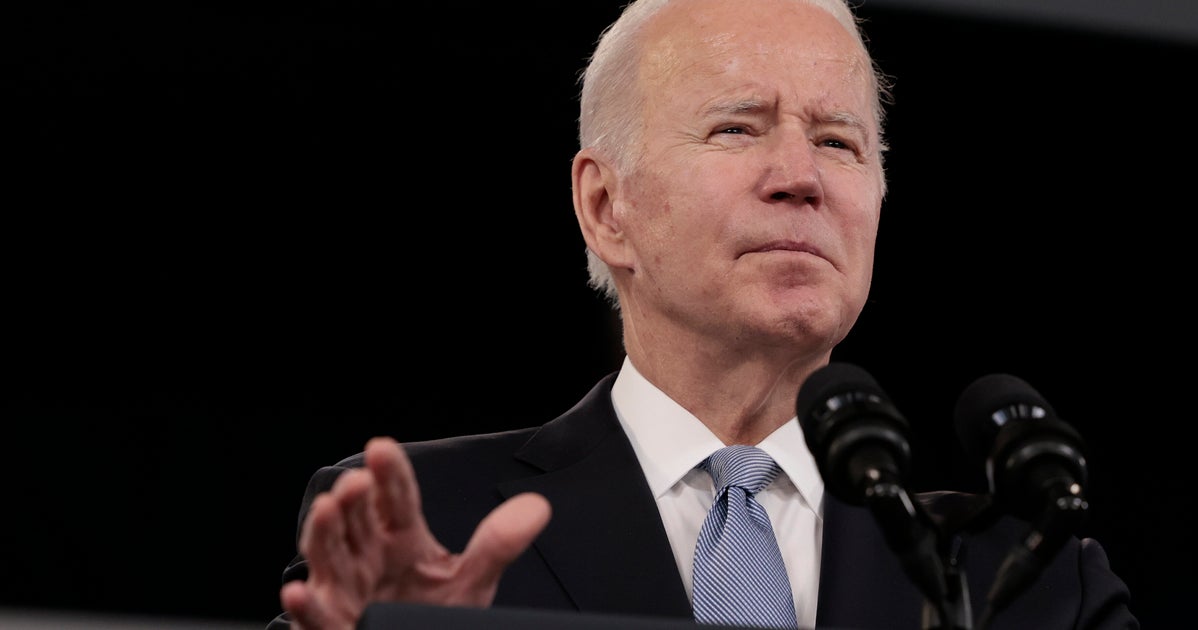
Democrats And Industry Are At War With Themselves Over A Controversial Energy Plan
HuffPost
The Biden administration’s looming decision over its key climate law is dividing the legislators who wrote the bill — and the companies who lobbied for it.
OSWEGO, N.Y. — On the snowy eastern shore of Lake Ontario sits a beige metal shipping container roughly the size of a mobile home. Inside, a machine called an electrolyzer is zapping tanks of freshwater with enough volts to split the hydrogen out of H2O to harvest the gas, which the U.S. government is banking on replacing fossil fuels.
Hydrogen, the lightest and most abundant element in the universe, has long been manufactured for use in fertilizers and oil refining. Virtually all the global supply today is produced through a chemical process that strips the hydrogen out of natural gas. Since hydrogen produces only water when burned, making the fuel instead with water and electricity that comes from a zero-carbon source offers something that functions like oil and gas without adding carbon dioxide to the atmosphere.
The trouble is that making hydrogen from electricity still generates far fewer molecules than using natural gas, making the clean stuff much more expensive. The industry uses a color scheme to describe how different types of hydrogen are made: “Gray” hydrogen costs less than $3 per kilogram to produce today, and sometimes drops below $1. The price of “blue” hydrogen, which uses that same fossil method but captures the planet-heating carbon dioxide before it enters the atmosphere, maxes out below $5 and can be less than $2. The “green” hydrogen needed to make a difference on climate change can go for as much as $12, and costs more than gray in every market that analysts surveyed this year.
That’s why the Joe Biden administration is spending billions of dollars to build a whole new American hydrogen industry from the ground up, and bring the price of green hydrogen down to $1 by the end of the decade. The president’s Bipartisan Infrastructure Law set up eight regional hubs across the country to develop hydrogen industrial clusters. Meanwhile, the most lucrative subsidies in the Inflation Reduction Act, or IRA — Biden’s landmark climate spending law — offer companies that make hydrogen with clean electricity a $3 per kilogram write-off.
It looked like a windfall to the United States’ ailing nuclear power industry, whose shrinking fleet of reactors is increasing in value as the country struggles to meet electricity demands and provide a 24-hour supply of zero-carbon power without the fluctuations innate to wind and solar energy. Late last year, Constellation, the biggest U.S. nuclear plant operator, began work with the federal government on a pilot project to generate clean hydrogen from its two reactors at Nine Mile Point Nuclear Station here in the rural lakeside college town in northwestern New York.











